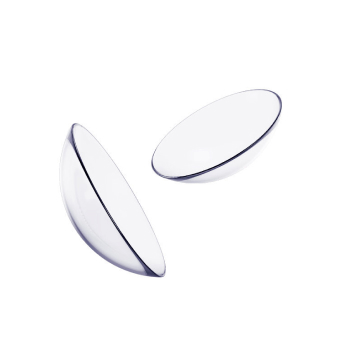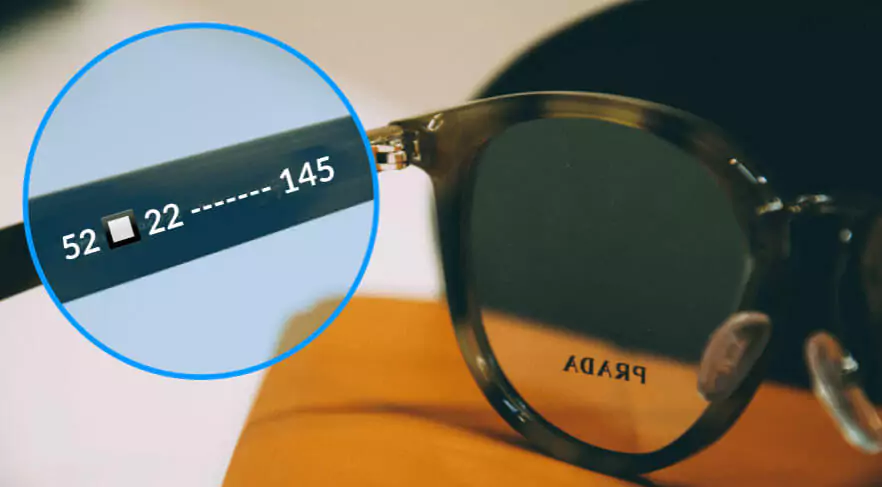Photochromic prescription glasses - page 158
Photochromic prescription glasses - page 158
How do photochromic glasses work?
The first model of lenses was made of glass in the 1960s. In the 1980s, glass ones were followed by plastic ones, which are still the most popular choice among glasses wearers.
Prescription glasses with photochromic lenses are an ideal choice for people who wear glasses all the time, do not alternate them with contact lenses. Their biggest advantage is that they reliably protect the eyes from UV radiation. The plus is that you don't have to buy dioptric sunglasses, too. Photochromic glasses have the same function. It doesn't matter if the lenses are clear or dark.
Advantages of photochromic prescription glasses
Photochromic prescription glasses are comfortable and cost less than prescription sunglasses. In addition, you can put lenses with this function in any frame, so you will have glasses exactly according to your style.
In addition to being practical and comfortable, they also reduce the risk of eye problems caused by harmful UV radiation. They can filter out more blue light and also protect you from glare.




















